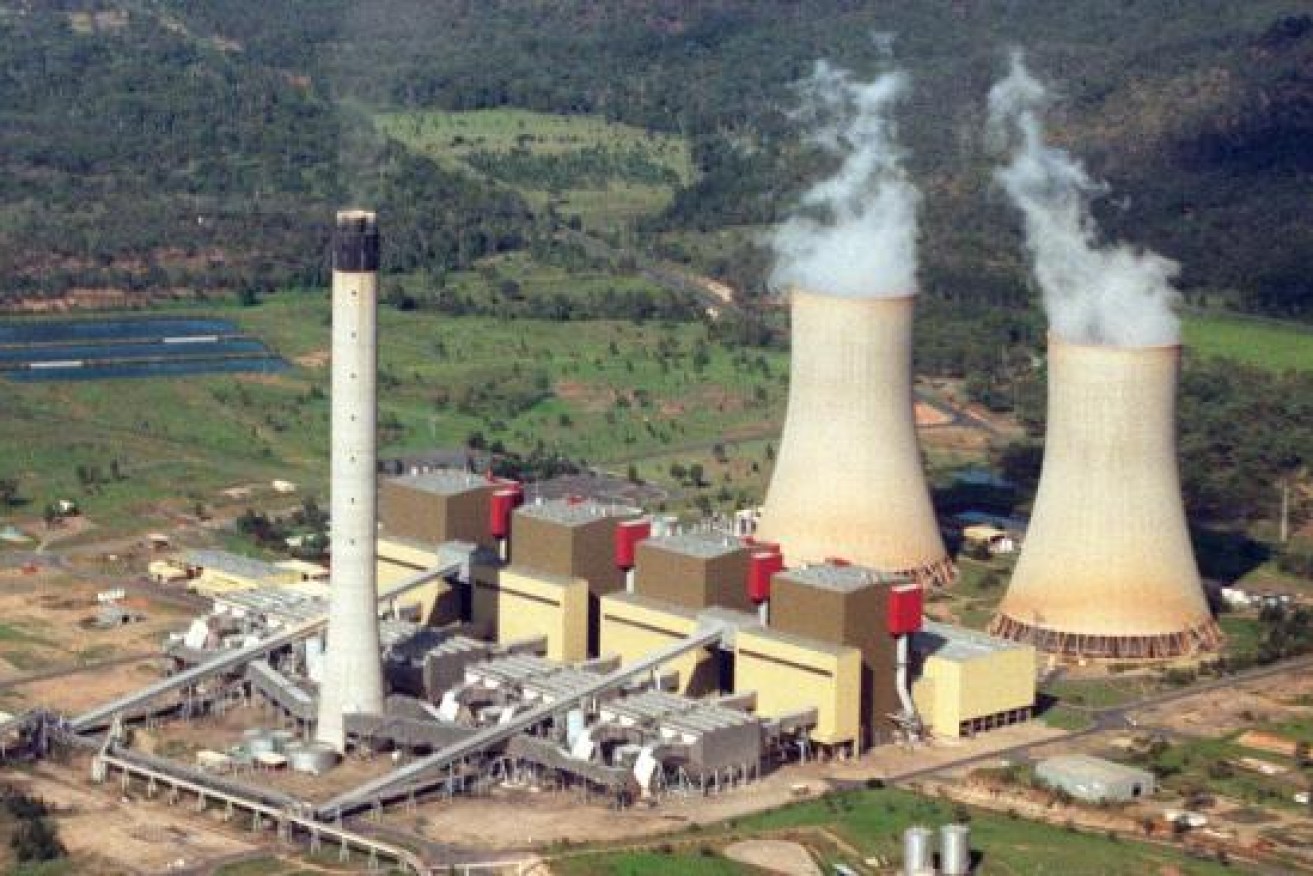Ideology at a cost: Is the state government to blame for soaring power prices?
Queensland’s spot energy price is regularly the highest in Australia. Is the Palaszczuk Government’s anti-privatisation policy part of the reason? asks Robert MacDonald.


Queensland's Stanwell Corporation was profitable last year but for how much longer? (Photo: Stanwell Power)
The Palaszczuk Government has stopped bragging about Queensland’s low power prices.
For good reason. The state has had the highest average electricity spot prices for 10 of the last 12 months.
Queensland’s price for February was more than $162 a megawatt hour, double the next highest state, New South Wales.
There have also been recent, enormous price spikes. On Wednesday last week, Queensland’s average spot price was nearly $1,300 MWh, 10 times the level of any other state.
A year ago, it was different.
“Regional Queensland forecast for record power prices fall” was the headline in a media release from Premier Annastacia Palaszczuk and Energy Minister Mick de Brenni issued in March 2021.
They were celebrating the Queensland Competition Authority’s recommendation that the regulated electricity price for regional Queensland be reduced, for the fourth year in a row.
There’s been no such media release this year. Probably because this year the QCA is recommending increases of up to 14 per cent for 2022-23.
The QCA blames a slowdown of lower-cost renewable energy generators coming online as part of the reason for the increase.
It also notes the continued unavailability of CS Energy’s Callide C power plant, which blew up in May last year.
That catastrophe and restrictions on the amount of lower-cost energy that can be shipped in from NSW, for various technical reasons, have led to “a tighter supply demand balance in Queensland”.
And, like the rest of the country, Queensland is facing higher coal and gas prices because of disruptions to world markets caused by Europe’s recent energy shortfalls and now, Russia’s invasion of Ukraine.
Whatever the precise reasons for Queensland’s higher power prices, I’d argue we are also now seeing the downside of the state ownership of energy assets.
The Palaszczuk Government won office in 2015 by beating Campbell Newman’s pro-privatisation, one-term government with a more effective anti-privatisation campaign.
It argued that retaining public ownership of the state’s electricity businesses meant the Government, as the ultimate owner, could apply “maximum downward pressure on electricity prices”, basically by occasionally telling the energy company boards what to do.
It also claimed it made more economic sense to collect annual dividends from state-owned companies rather than selling them for a one-off payment.
The theory worked perfectly well for the first few years.
The state’s coal-fired power generators, Stanwell and CS Energy, were cash cows, delivering hundreds of millions of dollars in dividends to the state.
But the recent huge surge in competition from renewable energy has changed all that – and at a pace no one predicted.
Suddenly, coal-fired power stations are loss makers. The Government can no longer count on them for reliable big dividends.
And sooner or later, probably sooner, they’re going to cost the state lots of money, not just to keep them running but also in the eventual shutdown and clean-up expenses.
But because the Government is the ultimate owner, the board and management of Stanwell and CS Energy are restricted in what they can do to respond to changing market conditions.
They certainly can’t act as a private sector board might in terms of finding cost savings and operating efficiencies.
They have to keep in mind the Government’s broader interests, such as keeping the unions happy and protecting the economies of local power-station dependent communities
They can’t even speculate publicly about the future, as AGL and Origin, Australia’s other big coal-power stations, have been doing recently.
Stanwell’s long-standing CEO Richard Van Breda left the company abruptly a year ago after suggesting at an industry event the company might have to shut down some of its power-generating units earlier expected because of growing competition from renewables.
He upset the unions and, therefore Energy Minister de Brenni. Within days Stanwell’s board had “reluctantly agreed” to accept Van Breda’s resignation.
State ownership comes with other burdens for the energy companies. In 2015, then-Treasurer Curtis Pitt transferred $4 billion of government debt to Stanwell and CS Energy as well as to its power distributors Powerlink, Energex and Ergon Energy.
The argument at the time was the companies had plenty of revenue and gearing capacity to service the the extra debt, an argument that fails once those revenues soften.
When that happens, this government-imposed debt becomes dead weight, just another cost to be covered by higher prices, a cost not borne by non-government owned competitors.
Another expense Stanwell and CS Energy face, as two companies with the same owner, the Queensland Government, is the cost of defending themselves against allegations they’re gaming the system whenever prices soar.
The companies of course fiercely deny these claims but they are both currently facing a class action suit brought by lawyers Piper Alderman, based on gaming allegations now going back several years.
It’s too late for the Queensland Government to sell off Stanwell and CS Energy, even if they wanted to. Who would possibly want to buy them?
So we, the people of Queensland, will just have to carry the extra cost of public ownership, by way of higher-than-they-need-to-be electricity prices, whatever the benefits might have been in years past.












